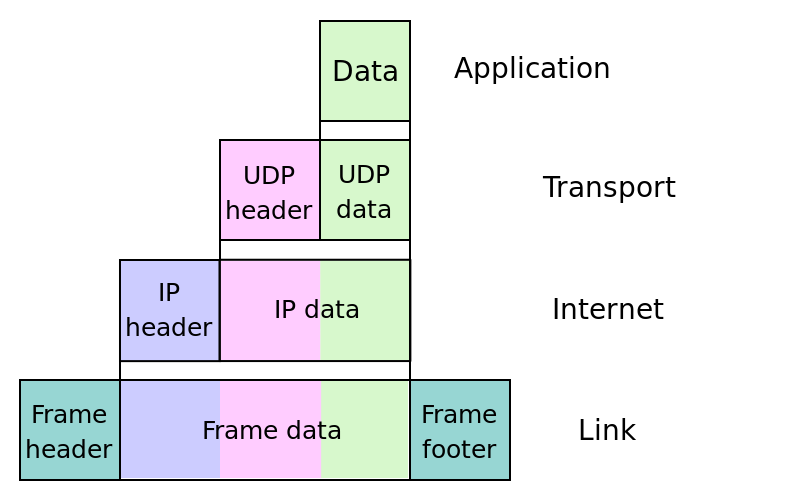
Throughout the semester our class spent a lot of topics concerning the internet. Some of these topics include copyright and conflict, internet economies, the nature of relational communication in CMC, group dynamics in CMC, internet privacy and identity, and Web 2.0. Of these topics copyright and conflict probably is the most relevant topic of the internet of my life.
As an active user of the internet and file sharing it is a factor that I face mostly every day. Wikipedia states; copyright is a form of intellectual property that gives the author of an original work exclusive right for a certain time period in relation to that work, including its publication, distribution and adaptation, after which time the work is said to enter the public domain. The public domain is where creative works that are not under copyright protection become free use to the public.
The problem with copyright is that for me as an active purchaser of software and other electronic data I am not able to use the full capabilities of what I am buying. One problem that I hate the most would be digital rights management. Digital rights management (DRM) is a generic term for access control technologies that can be used by hardware manufacturers, publishers, copyright holders and individuals to try to impose limitations on the usage of digital content and devices. The term is used to describe any technology which inhibits uses (legitimate or otherwise) of digital content that were not desired or foreseen by the content provider. I have a very large music library and the converting procedures I need to go through just to listen to the music on the device of my choosing is quite ridiculous. iTunes is just one example of the Digital Rights Management restrictions. When I was younger Napster was one of the most popular places to go download any music. Metallica filed a suit against them when their unreleased song was placed on Napsters server. The new Napster still attracts over 36 million US file sharers.
With this being said I am very grateful of all of the free software movement. Sourceforge is just one example of where you can have free access to free software. With the free software movement comes new terms of "copyleft" takes form of a licence; which removes the restrictions that distribution of copies and modified versions of a work for others.
So as stated before copyright issues are a part of my life. Other than music I am a user of games, academic software and programs, along with other forms of entertainment. I understand that copyrights helps creators to protect their products, but the consumer should also have full rights of that product upon purchasing of that product. I support Richard Stallman's free software movement and it helps people that do not have a lot of money to have access to products that prove useful.
Sources:
http://en.wikipedia.org/wiki/Copyright
http://en.wikipedia.org/wiki/Digital_rights_management
http://www.apple.com/support/itunes/





